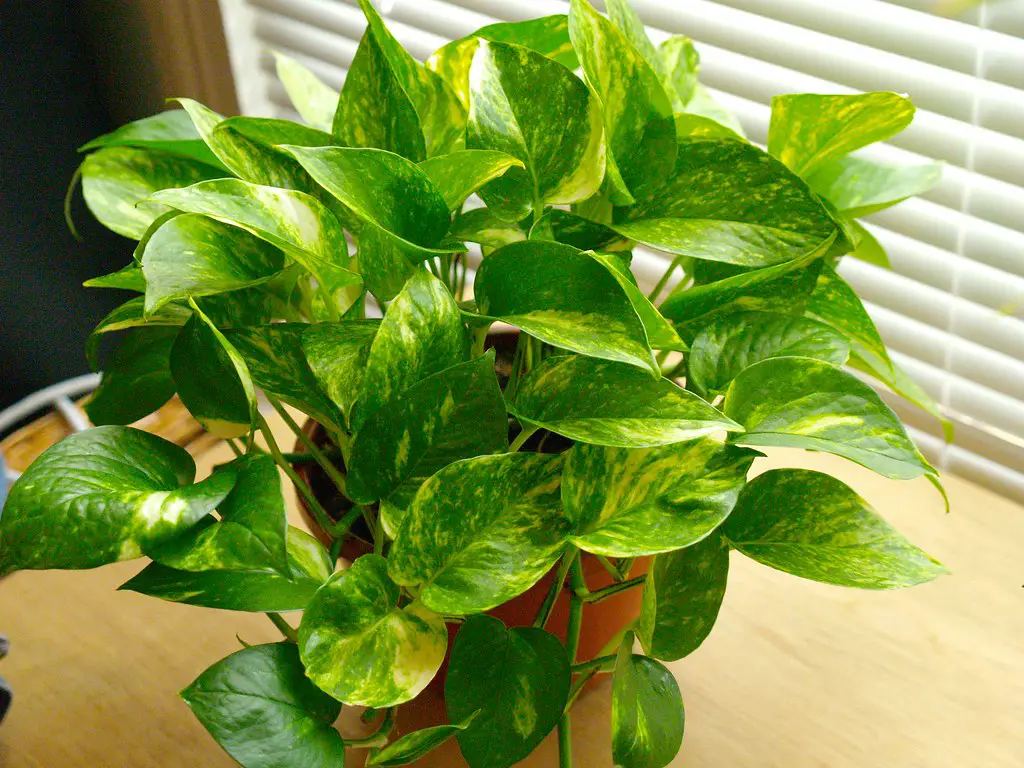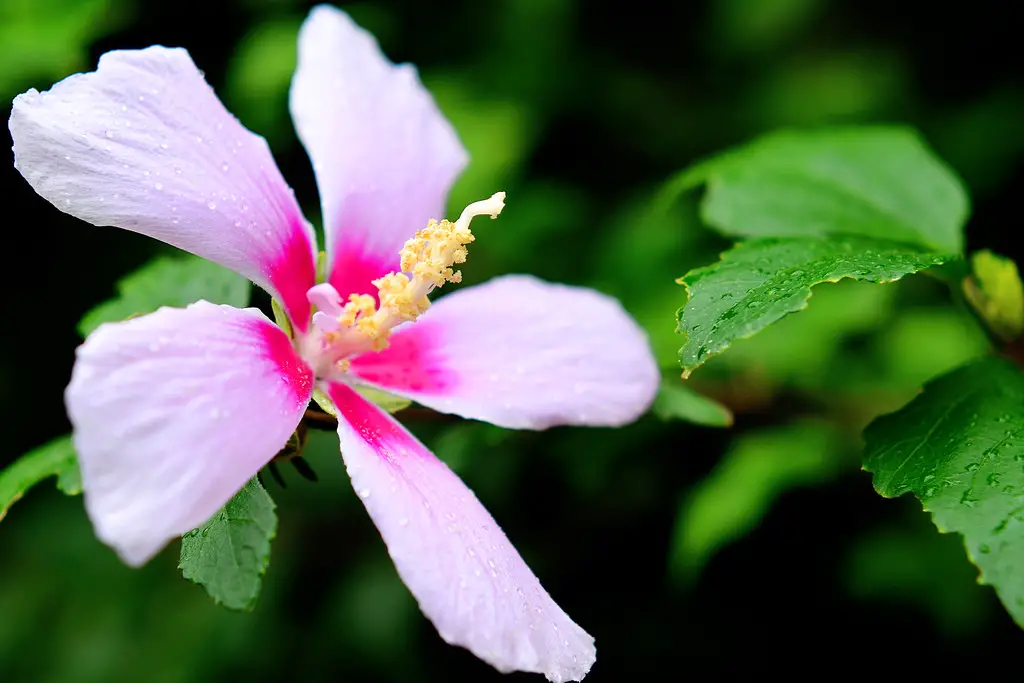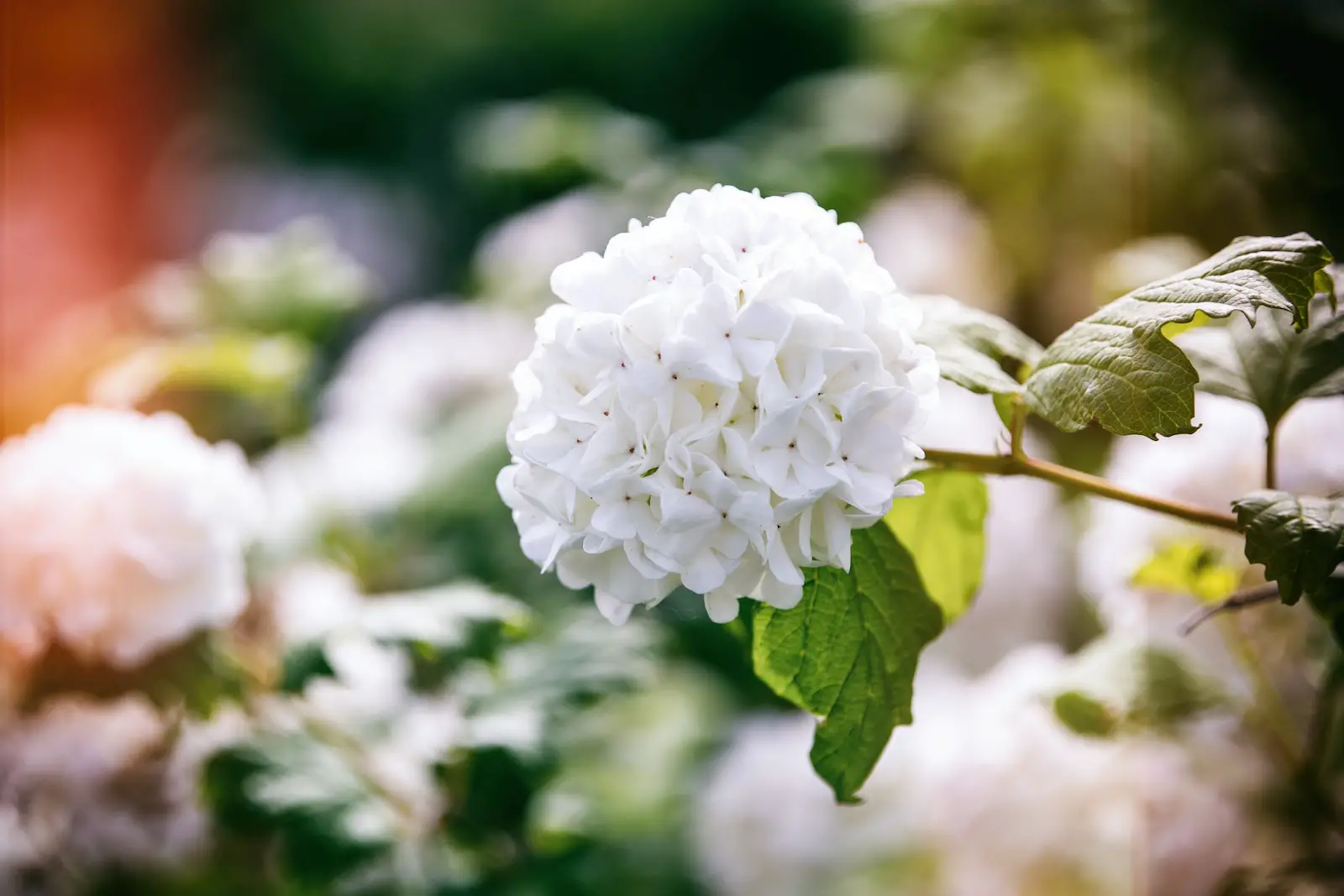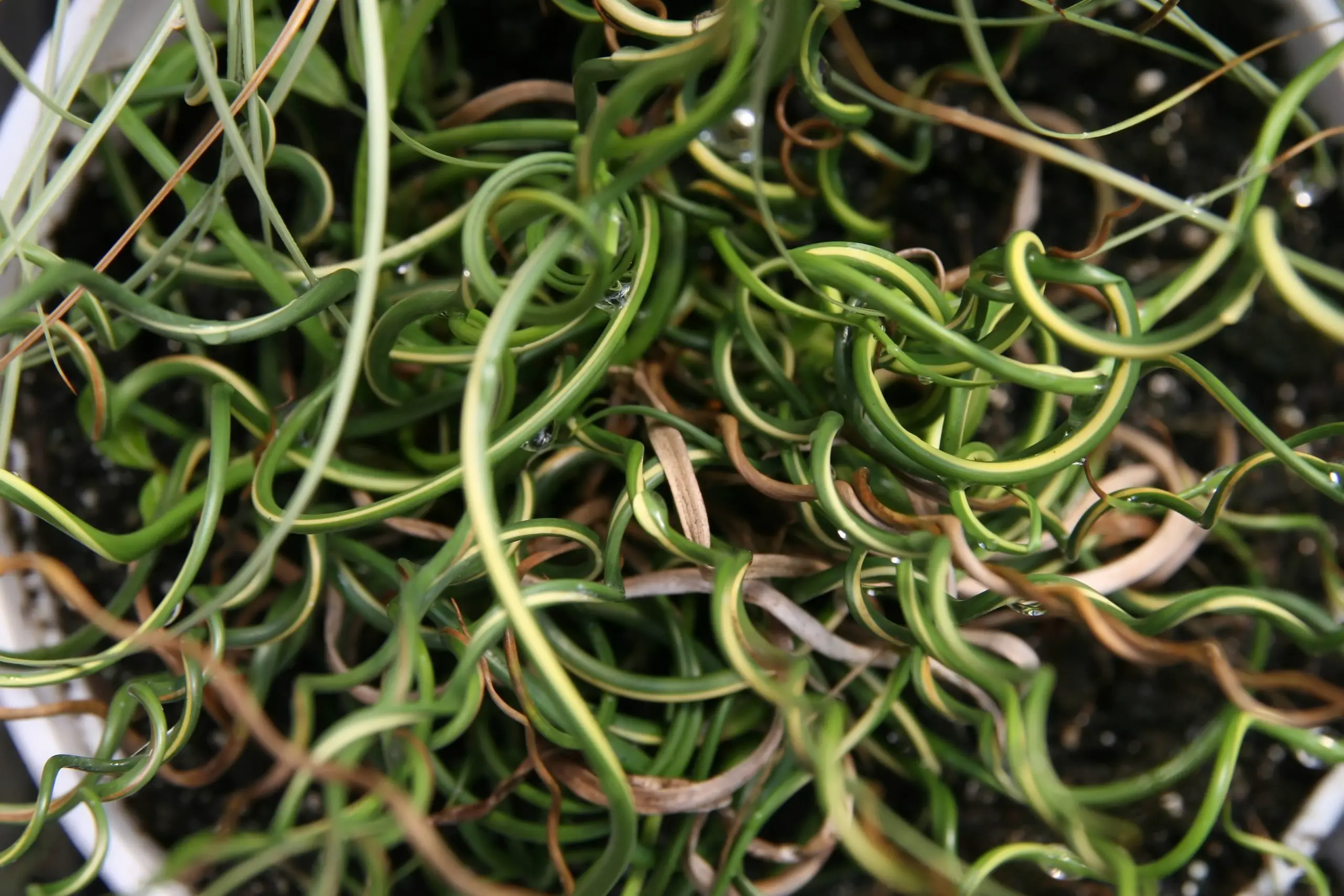The Golden Pothos, with its heart-shaped leaves and trailing vines, is an evergreen perennial that has become a household favorite. Known for its beautiful golden variegation, this plant adds a touch of nature and elegance to any space.
One of the main reasons for its popularity is its incredible adaptability. The Golden Pothos is not only aesthetically pleasing but also tolerant of a wide range of environments. From low-light offices to bright sunrooms, it manages to thrive with minimal care.
The Golden Pothos (Epipremnum aureum) is often mistaken for other similar-looking plants such as the Heartleaf Philodendron. However, its distinctive leaf pattern, which includes streaks of golden or yellow color, sets it apart and gives it its common name.
| Attribute | Details |
|---|---|
| Common Names | Golden Pothos, Devil’s Ivy |
| Botanical Name | Epipremnum aureum |
| Family | Araceae |
| Plant Type | Evergreen Perennial |
| Mature Size | Up to 10 feet in length |
| Sun Exposure | Low to Bright, indirect light |
| Soil Type | Well-draining soil |
| Hardiness Zones | 10-12 |
| Native Area | Solomon Islands |
Golden Pothos Care
Golden Pothos is one of the most beginner-friendly plants. It requires very little attention and is tolerant of various light and water conditions.
Although it’s a robust plant, providing optimal care can lead to lush growth and vibrant leaf coloration. Regular watering, proper light, and occasional feeding with a balanced fertilizer can help the Golden Pothos flourish.
Light Requirement for Golden Pothos
Golden Pothos is adaptable to various light conditions. It thrives in bright, indirect light but can tolerate low-light environments as well. Direct sunlight, however, can scorch the leaves, so it’s best to keep it out of harsh rays.
Soil Requirements for Golden Pothos
Well-draining soil that retains some moisture is ideal for Golden Pothos. A mixture of potting soil with a bit of sand or perlite will provide the appropriate environment.
Water Requirements for Golden Pothos
Golden Pothos prefers soil that is kept moist but not soggy. Water thoroughly and allow the top inch of soil to dry out between watering. Overwatering can lead to root rot.
Temperature and Humidity
Golden Pothos prefers temperatures between 60°F to 80°F. It can tolerate lower humidity levels, but a humidity range of 40-50% is ideal.
Fertilizer
Fertilize Golden Pothos with a balanced liquid fertilizer every 6-8 weeks during the growing season. Avoid over-fertilizing, as it may cause leaf burn.
Pruning Golden Pothos
Pruning is beneficial for controlling the size and shape of the Golden Pothos. Regular trimming can also encourage bushier growth. Simply snip the stems back to the desired length.
Propagating Golden Pothos
Golden Pothos is easily propagated through stem cuttings. Cut a stem with at least one healthy leaf and place it in water or soil. Roots should appear within a few weeks.
How To Grow Golden Pothos From Seed
Growing Golden Pothos from seed is rarely done, as it’s more easily propagated from cuttings. If seeds are obtained, plant them in well-draining soil and keep the soil consistently moist until germination.
Common Pests & Plant Diseases
Spider Mites
Spider mites can be treated with insecticidal soap.
Mealybugs
Mealybugs can be removed with a cotton swab dipped in alcohol.
Common Problems With Golden Pothos
Yellow Leaves
Yellow leaves can result from overwatering. Check the soil and adjust watering accordingly.
Brown Tips
Brown leaf tips may indicate low humidity or over-fertilization. Consider misting the plant or reducing fertilizer application.
Pro Tips
- Avoid placing Golden Pothos in direct sunlight to prevent leaf scorching.
- Allow the top inch of soil to dry between watering to avoid root rot.
- Trim the vines as needed to maintain the desired shape.
- Propagate through stem cuttings for easy multiplication of the plant.
- Keep away from pets, as it can be toxic if ingested.



